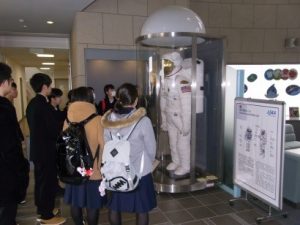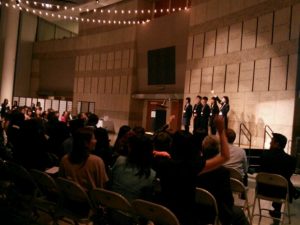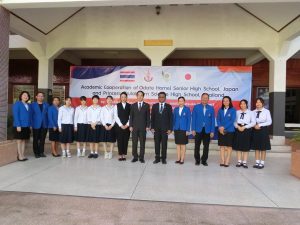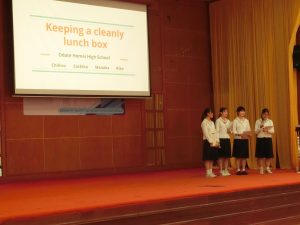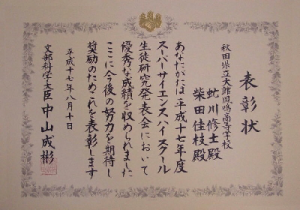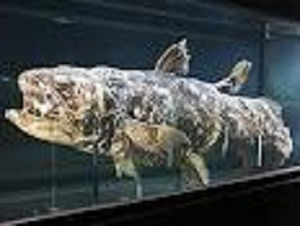
Introduction of Odate Homei Senior High School (2023)
Odate Homei Senior High School (Homei) is located in Odate City in the northern part of Akita Prefecture. Founded in 1898, Homei produces excellent graduates who play active roles in various parts of both local and global society. Our school is blessed with top students from the northern parts of Akita who study hard to meet the high standards set by our school.
Homei has 640 students divided amongst three grades and 18 classes. In their second year, students choose their courses according to their individual career goals. For both second and third-year students, two course tracks are available. One class is designated for the Science-Mathematics Stream, while the five remaining classes are the General Stream. The General Stream is divided into two sub-streams: Humanities and Science.
The students in the Science-Mathematics Stream have a deep interest in these subjects and aim to enter university to further study in fields such as science, technology and medicine. Along with standard high school subjects, these students focus on science and mathematics and conduct independent research projects. Their research activities are highly praised both locally and nationwide. Student research includes such topics as generating power from sound, device for improving hunchback, and preventing darkening in a traditional Japanese lunchbox. This year, one of these researchers was awarded second prize at International Contest of Innovation.
Students in the General Stream also conduct research projects in scientific and social fields including regional issues. This year’s student research includes topics such as speech characteristics of non-native English speakers, differences in love behavior between Japanese and Americans based on national character, and regional revitalization through the use of Saunas.
In 2013, Homei was designated as a Super Science High School (SSH) for the third time in a row by the Ministry of Education, Culture, Sports, Science and Technology (MEXT). With the financial assistance granted from SSH designation, Homei invites many professors and researchers from various universities and companies to present lectures to students. Students are also given the opportunity to visit universities and institutions to broaden their perspectives of scientific fields. During previous visits, students have received advice in their own research from authorities in their respective fields. As an SSH, many advanced scientific instruments have been provided to the school, such as a spectrophotometer, centrifuge, clean bench, autoclave, and high-speed camera. These instruments have greatly improved the quality of the students’ research and education.
Our school puts an emphasis on both academic study and club activities, encouraging students to aim high in both. After school, many students engage in club activities, allowing them to train their bodies as well as their minds. Some clubs, such as track and field, volleyball, swimming and soft tennis, have taken part in the All Japan Inter-High School Athletic Meet. In 2011, our baseball team advanced to the national meet held in Koshien Stadium for the first time since the school opening in 1898. Homei’s cultural clubs, such as art club and photography club are often chosen to exhibit their works at the National High School Exhibition.
The Objectives of Our School’s Education
Fundamental Policies:
- To foster a spirit of independence and autonomy to act positively.
- To foster academic ability and a positive attitude toward learning, which are the foundations for life-long learning.
- To enhance respect for life and human rights and promote peaceful co-existence with others.
Emphasized Points:
- To establish a learning system to aid students in realizing their future careers.
- To encourage participation in student council activities and club activities.
- To establish conscious behavior and desirable habits in their lives.
- To strengthen cooperation with parents and the local community.
Entrance Examination
Specialized Admission (comprises 11.9% of entering class)
Applicants must show special talent in his or her club activity. They must submit extra documents to certify his or her ability. They take an entrance examination composed of five subjects (Japanese, Social Studies, Mathematics, Science and English) and take part in an interview.
General Admission (comprises 88.1% of entering class)
Applicants must demonstrate high academic ability on the examination, as well as have achieved high academic grades in their junior high school subjects. They take an entrance examination composed of five subjects (Japanese, Social Studies, Mathematics, Science and English) and take part in an interview.
Domestic
Research Projects at Colleges in Japan in 2010 & 2011
At Tokyo University
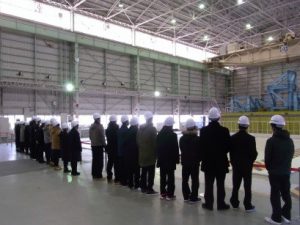
A Visit to Research Facilities in 2018
Worldwide

Presentation at Seoul High School in 2011
A Visit to Intel in the U.S. on a School Trip in 2010
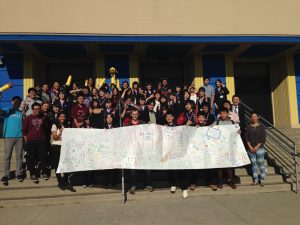
Kakehashi Project in the US in 2014
Sister School Exchange
(Princess Chulabhorn Science High School, Thailand)
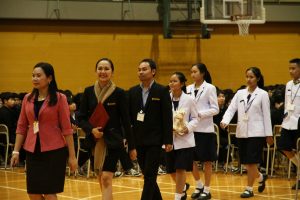
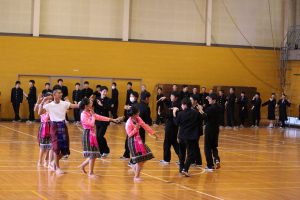
At Homei in 2013
At Princess Chulabhorn in 2023
Honors
Water Bears
Incentive Award for “The Study of Water Bears” by MEXT in 2005
Abstract
Primarily aiming to find the relationship between population and species of tardigrades and moss or lichen which they inhabit, this distribution research was done in schoolyard of Oodate Houmei high school. The aim could not be achieved, but it could be concluded that the circumstance which is easy to dry would be relatively advantageous for them because there are little competitors or enemies. And tardigrades which are observed at this research were identified as belonging to Macrobiotus. Moreover other 4 species of tardigrades which are observed in other places were identified as belonging to Echiniscidae, Hypsibius, order Parachela, and Milnesium Tardigradum.
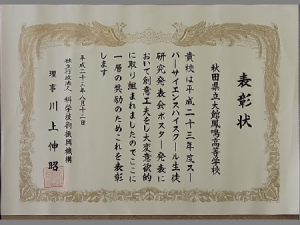
Abstract
Coelacanths are known as a “living fossil”. In order to clarify why their form has not changed since at least four billion years ago, we determined the DNA sequences of the mitochondrial genome and compared them with the corresponded sequences of several organisms on NCBI database. The results might imply that a nucleotide substitution rate of their mitochondrial genome was smaller than that of other organisms.
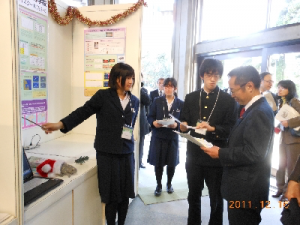
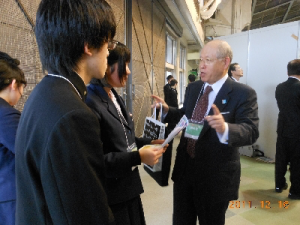
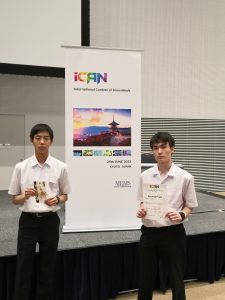
The Award for “Device for Improving Hunchback” at International Contest of Innovation in 2023
Abstract
The rounding of the back aggravates our blood flow, and has a risk of resulting in a headache, neck ankylosis, and at worst, a serious situation like a brain infarction. Most of the products which claim to improve the condition adopt a mechanism to keep redressing continuously however the products can cause stress to the users. So we developed a device which accurately senses and quickly redress the body with few loads of power by using MEMS (=Micro Electo Mechanical Systems) accelerometer and a force sensor.
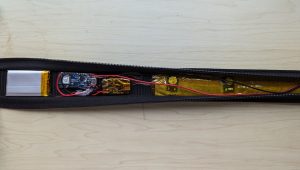
” Dog Bone” Device





